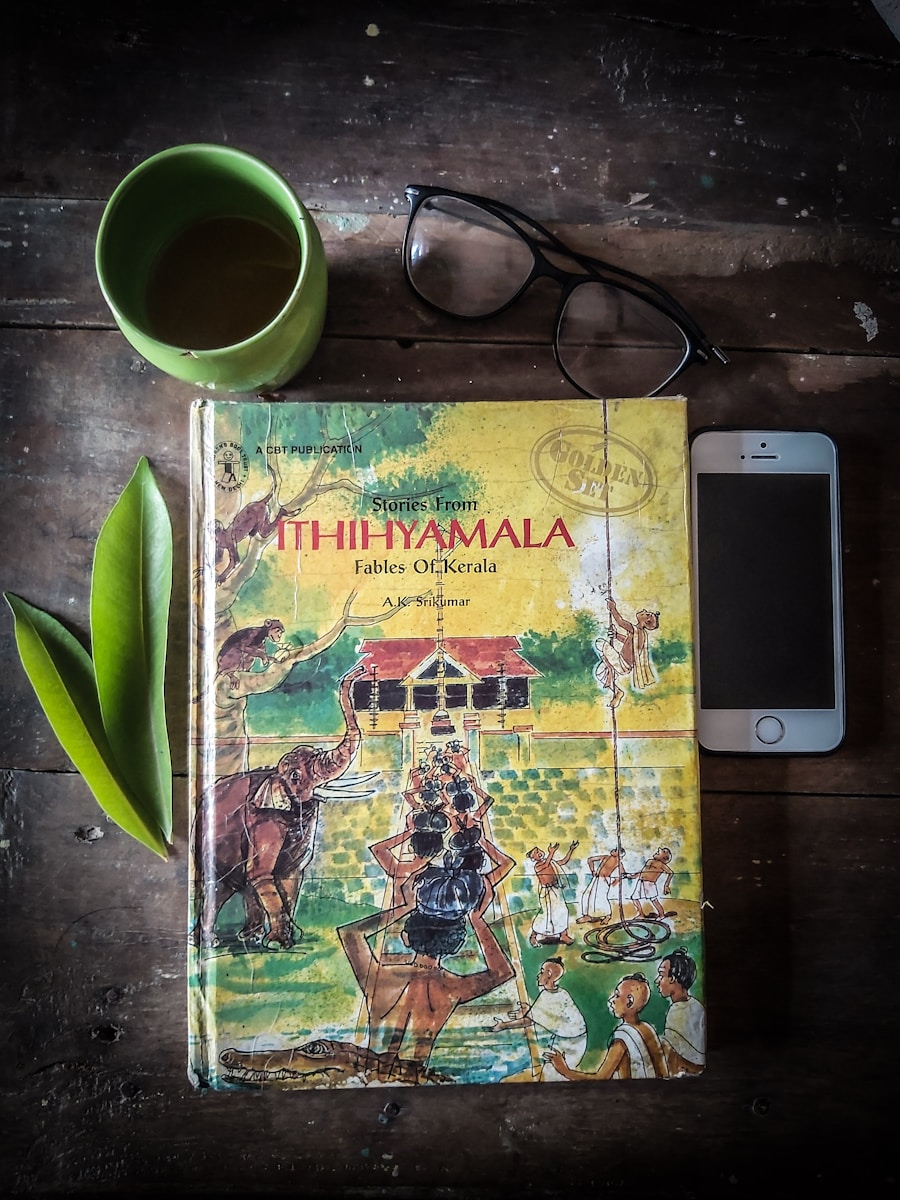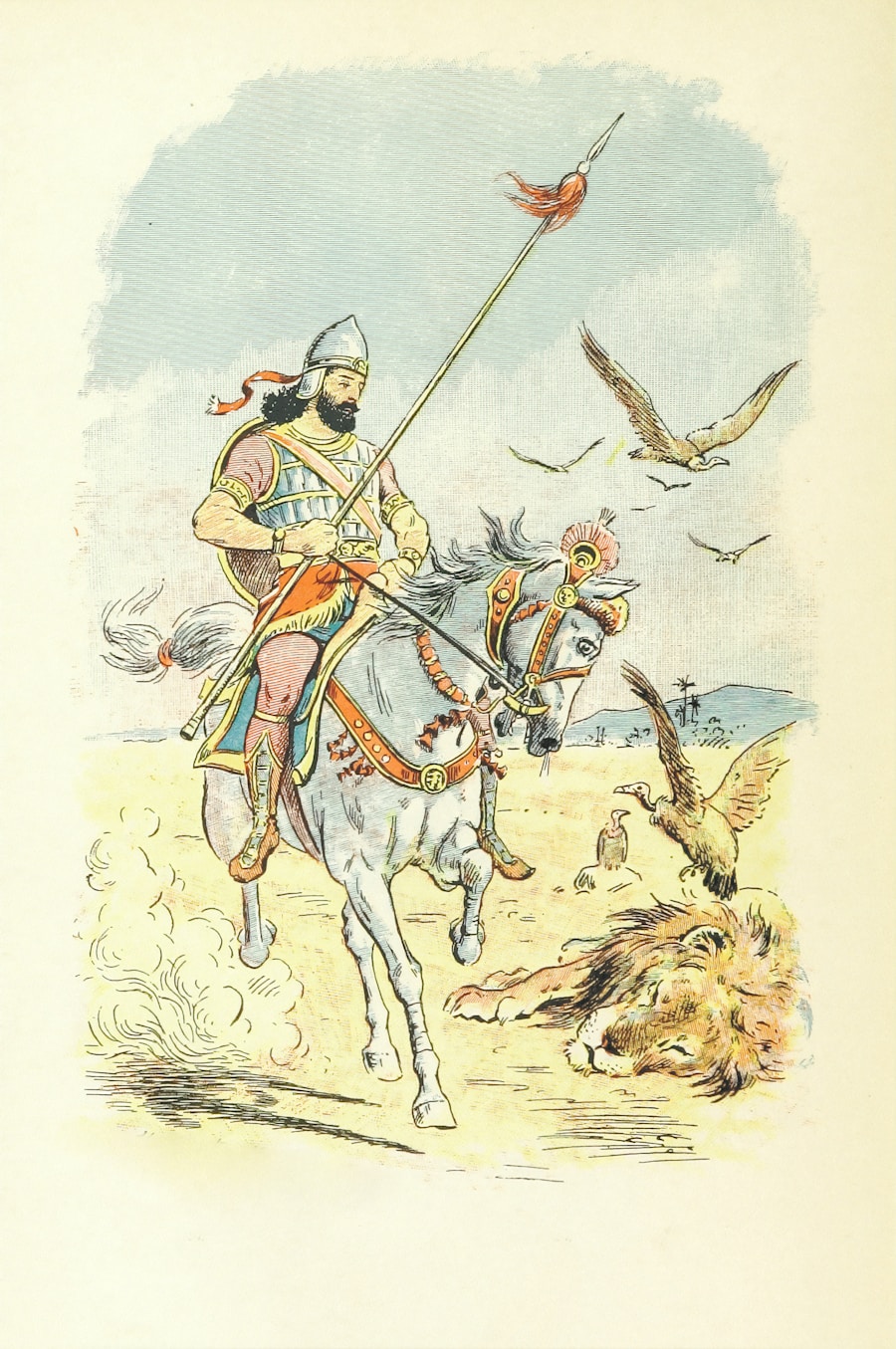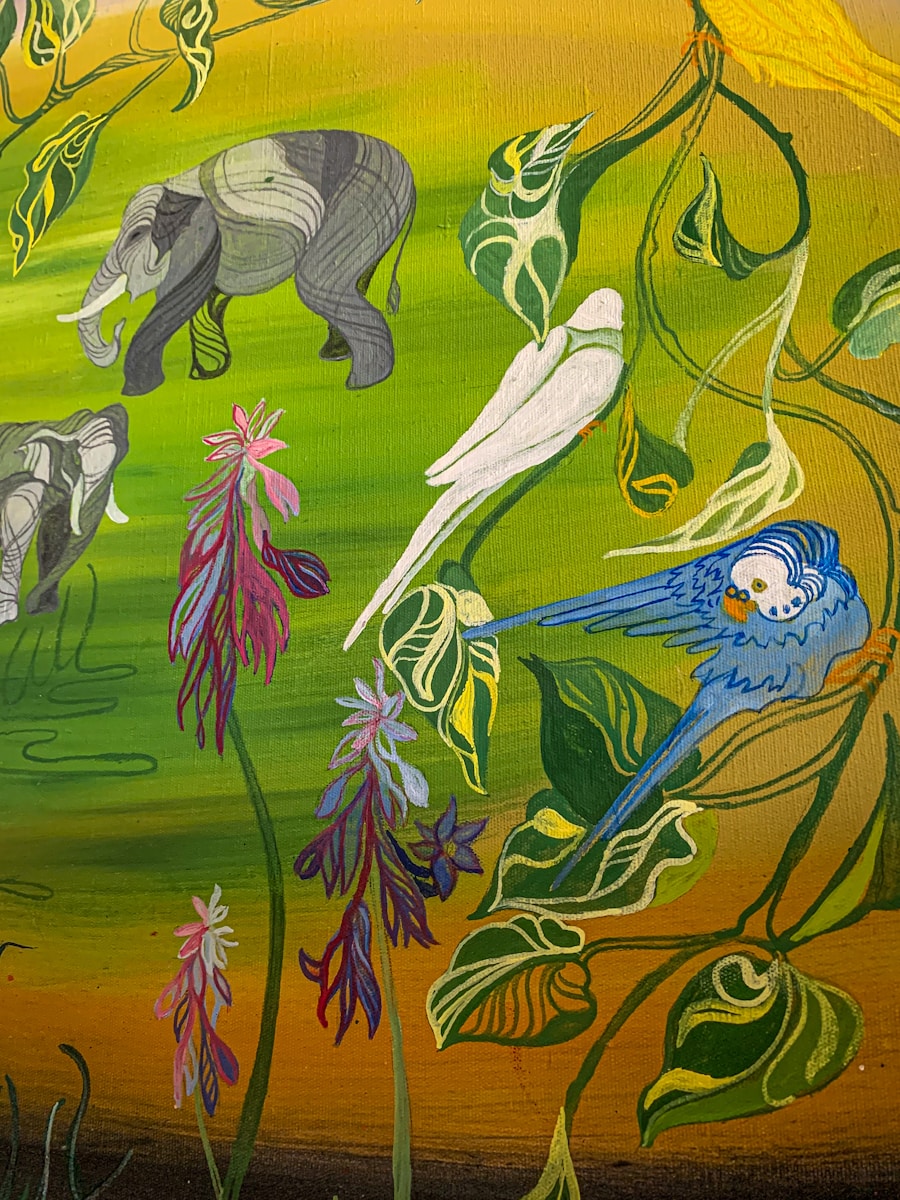The Panchatantra, a timeless collection of fables and moral tales, has captivated audiences for centuries with its rich storytelling and profound wisdom. Attributed to the ancient Indian scholar Vishnu Sharma, this anthology is not merely a compilation of stories but a sophisticated treatise on political science, ethics, and human behavior. The tales are woven around animal characters, each embodying distinct traits that reflect human nature, making them relatable and engaging for readers of all ages.
The Panchatantra serves as a mirror to society, offering insights into the complexities of life through simple yet profound narratives.
According to legend, he was tasked with educating three dull-witted princes who were unable to grasp the intricacies of governance and diplomacy.
To make learning more accessible and enjoyable, Vishnu Sharma crafted these enchanting stories, embedding moral lessons within them. This innovative approach not only captured the attention of the princes but also ensured that the teachings would resonate with generations to come. The Panchatantra’s enduring appeal lies in its ability to convey complex ideas through simple narratives, making it a cornerstone of children’s literature and moral education.
Key Takeaways
- Panchatantra is a collection of ancient Indian fables attributed to Vishnu Sharma, a scholar and teacher.
- The Panchatantra is believed to have originated around 300 BCE and has been translated into many languages and adapted into various forms of literature.
- The stories in Panchatantra are designed to teach important life lessons and moral values through the use of animal characters and engaging narratives.
- The influence of Panchatantra can be seen in various cultures and literary works, including Aesop’s Fables and the Arabian Nights.
- The animal characters in Panchatantra stories are used to represent human traits and behaviors, making the stories relatable and impactful for readers of all ages.
- Panchatantra plays a crucial role in children’s literature by imparting valuable lessons in an entertaining and accessible manner.
The Origin and History of Panchatantra
The Structure and Content of the Panchatantra
Each of the five books addresses different aspects of life and governance, using animal fables to impart wisdom. These stories are thought to have been influenced by earlier oral traditions and folklore, which were prevalent in Indian society long before they were documented in written form.
A Literary Work of Global Significance
Over the centuries, the Panchatantra has undergone numerous translations and adaptations, spreading far beyond its Indian roots. It has been translated into various languages, including Persian, Arabic, and several European languages, making it one of the most widely disseminated literary works in history.
A Universal Appeal that Transcends Cultures
The tales have inspired countless adaptations in different cultures, each adding its unique flavor while retaining the core moral lessons. The influence of the Panchatantra can be seen in works such as Aesop’s Fables and La Fontaine’s Fables, which echo similar themes of wisdom and morality through animal characters. This cross-cultural exchange highlights the universal appeal of the stories and their relevance across diverse societies.
The Themes and Morals of Panchatantra Stories

The themes explored in the Panchatantra are as varied as they are profound, addressing fundamental aspects of human existence such as friendship, loyalty, cunningness, and the consequences of one’s actions. Each story is crafted to convey a specific moral lesson, often encapsulated in a succinct proverb or saying that resonates with readers. For instance, one of the most famous tales involves a clever crow who uses its intelligence to outsmart a hungry fox.
This story illustrates the importance of wit and resourcefulness in overcoming challenges, emphasizing that intelligence can be more valuable than brute strength. Another recurring theme in the Panchatantra is the significance of friendship and collaboration. Many stories depict how characters work together to achieve common goals or how betrayal can lead to dire consequences.
In one tale, a group of animals bands together to confront a common enemy, showcasing the power of unity in overcoming adversity. These narratives not only entertain but also serve as cautionary tales that encourage readers to reflect on their relationships and interactions with others. The moral lessons embedded within these stories are timeless, offering guidance on navigating the complexities of life while fostering virtues such as empathy, integrity, and wisdom.
The Influence and Legacy of Panchatantra
The influence of the Panchatantra extends far beyond its literary significance; it has played a crucial role in shaping cultural narratives and moral education across various societies. Its stories have transcended geographical boundaries, inspiring countless adaptations in literature, theater, and even film. The fables have been embraced by educators as effective tools for teaching moral values to children, reinforcing ethical behavior through engaging storytelling.
The simplicity of the narratives allows for easy comprehension while encouraging critical thinking about right and wrong. Moreover, the legacy of the Panchatantra can be seen in its impact on other literary traditions worldwide. The fables have inspired writers and storytellers across cultures, leading to the creation of similar collections that explore moral themes through animal characters.
For example, Aesop’s Fables, which emerged in ancient Greece, share thematic similarities with the Panchatantra, highlighting universal truths about human nature. This cross-cultural exchange underscores the enduring relevance of the Panchatantra’s teachings and its ability to resonate with diverse audiences throughout history.
The Animal Characters in Panchatantra Stories
The animal characters in the Panchatantra serve as more than mere protagonists; they embody various human traits and characteristics that allow readers to explore complex social dynamics in a simplified manner. Each animal is carefully chosen to represent specific qualities—cunning foxes, wise owls, loyal dogs, and foolish goats populate these tales, creating a vibrant tapestry of personalities that reflect human behavior. This anthropomorphism not only makes the stories engaging but also facilitates deeper understanding by allowing readers to project their own experiences onto these characters.
For instance, the clever fox often symbolizes cunningness and deceitfulness, while the slow but steady tortoise represents perseverance and determination.
The interactions between these characters often highlight essential life lessons about trust, betrayal, cooperation, and conflict resolution.
By using animals as stand-ins for human behavior, Vishnu Sharma effectively communicates complex ideas in an accessible manner that resonates with both children and adults alike.
The Importance of Panchatantra in Children’s Literature

The Panchatantra holds a significant place in children’s literature due to its ability to engage young minds while imparting valuable life lessons. Its narratives are crafted with simplicity yet layered with meaning, making them suitable for readers at various developmental stages. The use of animal characters not only captures children’s imaginations but also provides relatable scenarios that encourage empathy and understanding.
As children encounter these stories, they learn about moral values such as honesty, kindness, and respect for others—lessons that are crucial for their social development. Furthermore, the Panchatantra serves as an excellent resource for educators seeking to instill ethical principles in their students. By incorporating these fables into classroom discussions or reading sessions, teachers can facilitate conversations about morality and decision-making in a way that resonates with children.
The stories encourage critical thinking by prompting young readers to consider the consequences of actions taken by characters within the tales. This interactive approach fosters a deeper understanding of ethical dilemmas while nurturing a love for reading and storytelling that can last a lifetime. In conclusion, the Panchatantra stands as a monumental work that transcends time and culture through its rich narratives filled with wisdom and moral teachings.
Its enduring legacy continues to shape children’s literature and moral education across generations, making it an invaluable resource for both young readers and educators alike.
If you are interested in exploring more about Indian aesthetics, you may enjoy reading about the concept of rasa in Indian aesthetics. This article delves into the idea of emotional flavors in art and literature, which is a key aspect of Indian artistic traditions. The Panchatantra stories, attributed to Vishnu Sharma, also contain elements of emotional depth and wisdom that can be related to the concept of rasa. To learn more about this fascinating topic, check out this article.























+ There are no comments
Add yours